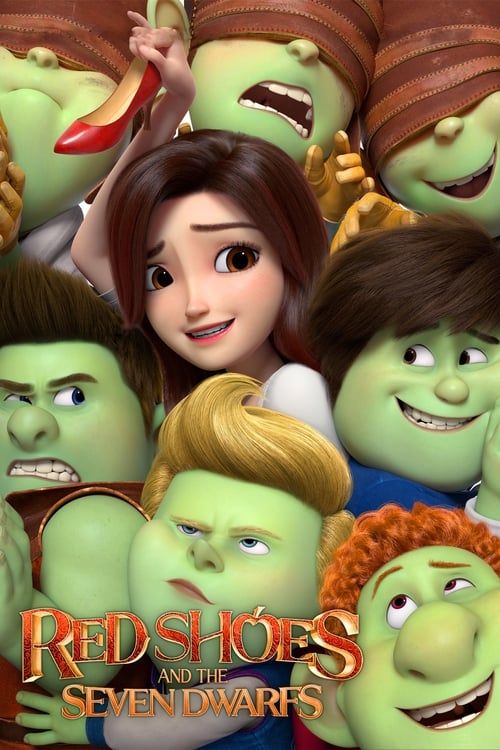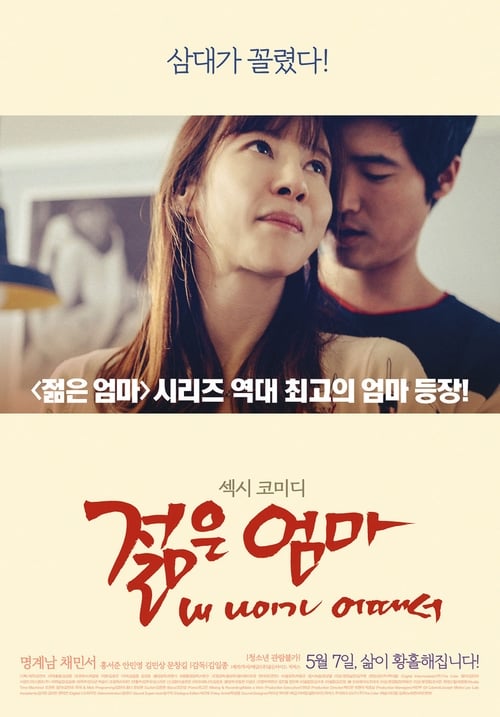
Ask Your Own Question
What is the plot?
What is the ending?
In the ending of "Love, Lies," the story culminates in a poignant reunion and a bittersweet resolution. The main characters, Seo Yeon and her former lover, are faced with the consequences of their choices, leading to a moment of emotional clarity and acceptance.
As the film progresses towards its conclusion, Seo Yeon, now a successful singer, confronts her past and the unresolved feelings she has for her first love, who has become a successful playwright. The two meet again after years apart, and their reunion is filled with nostalgia and unspoken emotions. Ultimately, they acknowledge the love they once shared but also recognize the paths their lives have taken. Seo Yeon decides to let go of the past, embracing her future while cherishing the memories of their time together.
Expanded Narrative:
The final act of "Love, Lies" begins with Seo Yeon standing in front of a mirror, preparing for a performance. The weight of her past hangs heavily on her, and as she applies her makeup, her reflection reveals a mix of determination and vulnerability. The audience can sense her internal struggle; she is a successful artist, yet the memories of her first love linger in her heart.
Cut to a dimly lit theater where the playwright, now a renowned figure, is rehearsing his latest work. The atmosphere is charged with anticipation as the cast prepares for the opening night. The playwright, despite his success, carries a sense of longing and regret, particularly regarding Seo Yeon. He often finds himself lost in thought, reminiscing about their shared dreams and the love that once ignited their lives.
The scene shifts to the night of the performance. Seo Yeon arrives at the theater, her heart racing as she steps into the familiar space. The audience is filled with excitement, but for her, this night is more than just a performance; it is a chance to confront her past. As she takes her place in the audience, her eyes scan the stage, and she feels a rush of emotions--joy, sadness, and nostalgia.
As the play unfolds, the playwright's words resonate deeply with Seo Yeon. The themes of love, sacrifice, and the passage of time echo her own experiences. Each line he delivers seems to speak directly to her heart, and she is transported back to the moments they shared. The emotional weight of the performance culminates in a powerful scene that mirrors their own love story, leaving Seo Yeon in tears.
After the final curtain call, Seo Yeon finds herself backstage, where the playwright is surrounded by admirers. Their eyes meet, and in that moment, the world around them fades away. They share a quiet conversation, filled with unspoken words and lingering glances. The tension is palpable as they navigate their feelings, both aware of the love that still exists between them.
In a moment of vulnerability, Seo Yeon expresses her gratitude for the memories they created together. The playwright, equally moved, acknowledges the impact she had on his life and work. They both realize that while their paths have diverged, the love they shared will always be a part of them.
As they part ways, Seo Yeon walks away with a sense of closure. She understands that their love was a significant chapter in her life, but it is time to embrace her future. The playwright watches her leave, a bittersweet smile on his face, knowing that he must also move forward. The film closes with Seo Yeon stepping into the light, symbolizing her acceptance of the past and her readiness to face whatever comes next.
In the end, Seo Yeon continues her career as a singer, finding fulfillment in her art, while the playwright continues to create, inspired by their shared history. Both characters have grown, learning to cherish their memories while looking ahead to new possibilities. The film concludes on a note of hope, emphasizing the enduring nature of love and the importance of moving forward.
Is there a post-credit scene?
In the movie "Love, Lies," produced in 2016, there is no post-credit scene. The film concludes its narrative without any additional scenes after the credits roll. The story wraps up with the emotional resolutions of the main characters, focusing on their relationships and the choices they have made throughout the film. The absence of a post-credit scene allows the audience to reflect on the themes of love, sacrifice, and the complexities of personal and professional aspirations that are central to the story.
What is the relationship between the main characters, So-yool and Seung-jae?
So-yool and Seung-jae share a deep and complex relationship that evolves throughout the film. Initially, they are close friends who share a passion for music and performance. As they navigate their careers in the entertainment industry, their bond is tested by jealousy, ambition, and the pressures of their respective paths. So-yool's desire for success and Seung-jae's feelings for her create a tension that complicates their friendship.
How does the character of So-yool change throughout the film?
So-yool begins as an ambitious and talented young woman eager to make her mark in the world of traditional Korean music. As the story progresses, her character is shaped by the challenges she faces, including betrayal and the sacrifices she must make for her career. Her journey reflects her internal struggle between her love for music and the personal costs of her ambitions, leading her to moments of vulnerability and strength.
What role does the character of Joon-ki play in the story?
Joon-ki is a pivotal character who serves as a love interest for So-yool and a rival to Seung-jae. He is a charismatic and talented musician who initially appears to be supportive but ultimately complicates the dynamics between the main characters. His presence introduces themes of rivalry and competition, as he vies for So-yool's affection and attention, further intensifying the emotional stakes of the narrative.
What are the key conflicts that arise between So-yool and Seung-jae?
The key conflicts between So-yool and Seung-jae stem from their differing ambitions and the impact of their choices on their relationship. As So-yool pursues her dreams, Seung-jae grapples with feelings of inadequacy and jealousy, leading to misunderstandings and emotional confrontations. Their struggles highlight the tension between personal aspirations and the bonds of friendship, ultimately testing the limits of their connection.
How does the film portray the theme of sacrifice in relation to the characters' dreams?
The theme of sacrifice is intricately woven into the characters' journeys, particularly for So-yool and Seung-jae. As they chase their dreams in the competitive world of music, both characters face difficult choices that force them to weigh their personal desires against their relationships. The film poignantly illustrates how their ambitions lead to moments of loss and heartache, emphasizing the emotional toll that pursuing one's dreams can take on personal connections.
Is this family friendly?
"Love, Lies," a 2016 South Korean film, is not particularly family-friendly and contains several elements that may be objectionable or upsetting for children or sensitive viewers.
-
Romantic Relationships: The film explores complex romantic relationships, including themes of love, betrayal, and heartbreak, which may be difficult for younger audiences to understand.
-
Infidelity: There are scenes that depict infidelity and emotional turmoil, which could be distressing for some viewers.
-
Emotional Conflict: Characters experience significant emotional struggles, including jealousy, longing, and despair, which may evoke strong feelings.
-
Cultural Context: The film is set against the backdrop of the Korean music industry in the 1940s, which may include references to societal pressures and expectations that could be confusing for younger viewers.
-
Mature Themes: The narrative touches on themes of ambition, sacrifice, and the cost of pursuing one's dreams, which may resonate differently with children compared to adults.
Overall, the film's mature themes and emotional depth may not be suitable for a younger audience or those sensitive to such content.






































